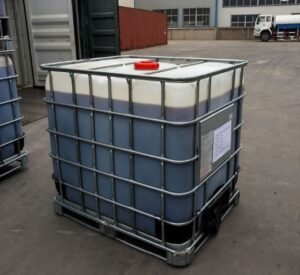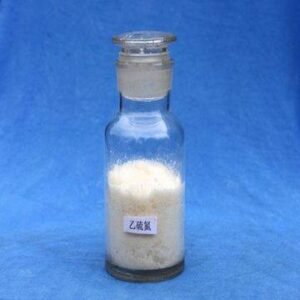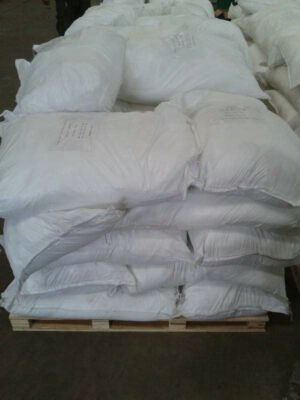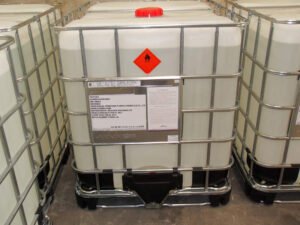Sodium dibutyl dithiophosphate, also known as dithiophosphate BS, with a purity range of 49% to 53%, is a chemical compound primarily employed as a flotation collector in mineral processing.
- Composition: Sodium dibutyl dithiophosphate consists of a combination of sodium ions, dibutyl groups, and a dithiophosphate functional group. The purity range of 49% to 53% indicates that the compound contains this active ingredient within the specified range, with the remainder comprising other compounds or impurities.
- Function: Dithiophosphate BS functions as a collector in mineral flotation processes. Acting selectively, it attaches to the surface of desired minerals, rendering them hydrophobic and facilitating their flotation. This property aids in the separation of valuable minerals from gangue minerals in the flotation cell.
- Application: Dithiophosphate BS is commonly utilized in the flotation of sulfide minerals, such as those containing copper, lead, zinc, and nickel. It plays a critical role in enhancing flotation process efficiency and selectivity by promoting the flotation of desired minerals while minimizing that of unwanted minerals.
- Characteristics: Dithiophosphate BS exhibits favorable flotation properties due to its capacity to form stable complexes with metal ions on mineral surfaces. Its effectiveness in mineral flotation is influenced by various factors, including pH, pulp density, and the presence of other chemicals in the flotation process.
- Usage: Dithiophosphate BS is typically added to the flotation circuit in appropriate dosages to achieve the desired flotation effect. Dosage requirements may vary based on factors such as ore type, particle size, and specific flotation process conditions.











Reviews
There are no reviews yet.